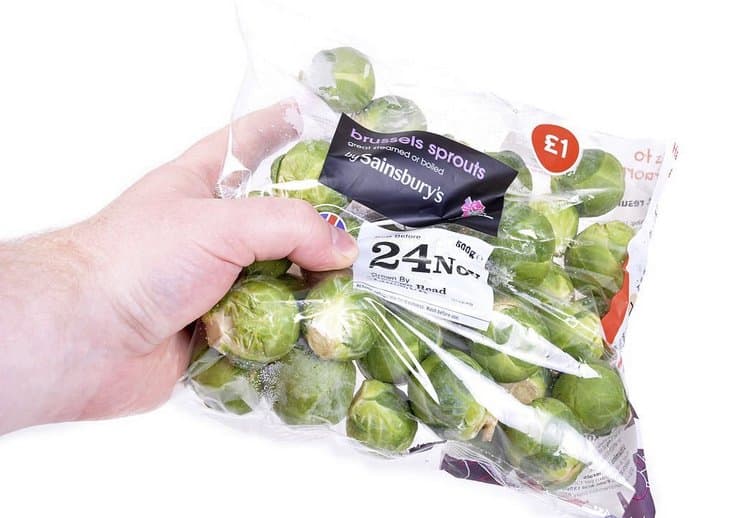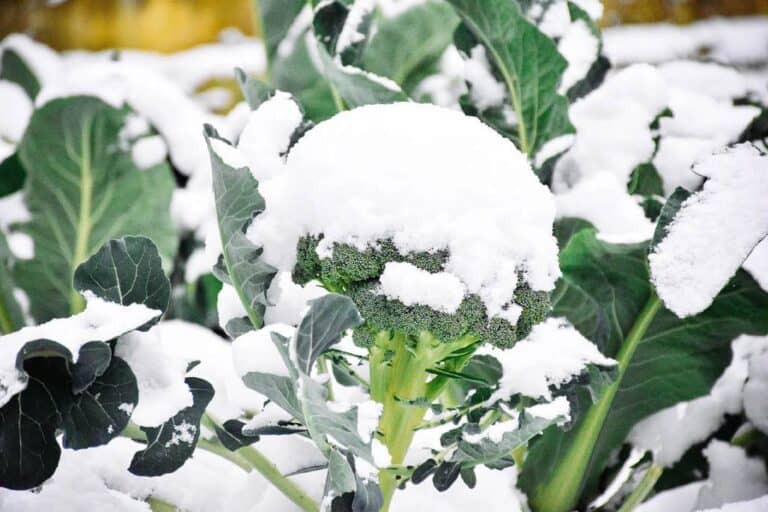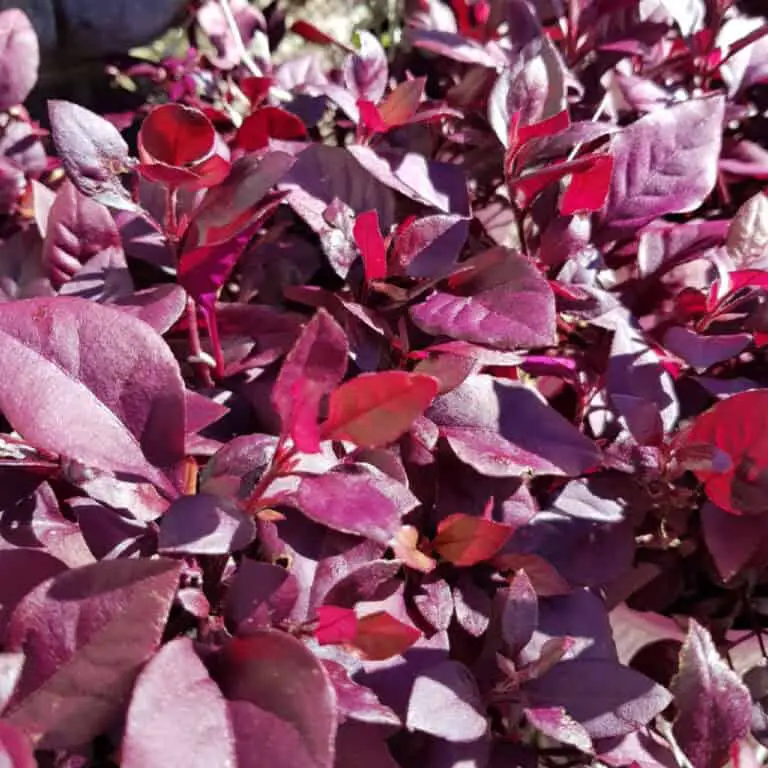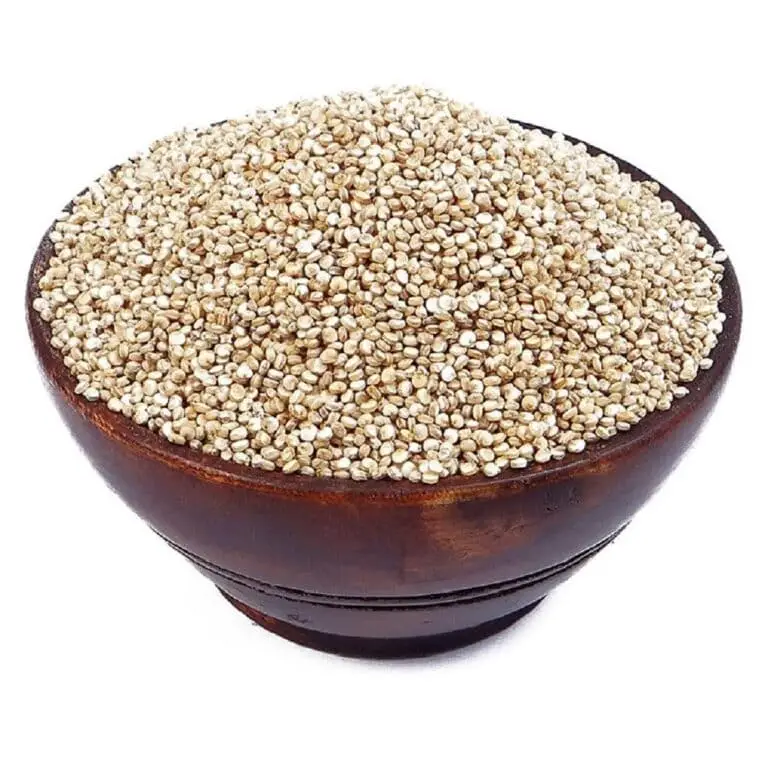Can You Grow and Propagate Zucchini from a Cutting?

Zucchinis, with their vibrant green color and versatile culinary uses, have become a staple in home gardens around the world. These summer squash delight both novice and experienced chefs alike. Whether sliced thin and sautéed into a delicate pasta dish or roasted to perfection on the grill.
But what if I told you that there may be an alternative way to grow zucchinis beyond traditional seed sowing? Imagine being able to propagate zucchini from simple cuttings. This technique is typically reserved for plants like roses and herbs.
In this article, we will explore the possibility of growing zucchini plants from cuttings. This approach could revolutionize your gardening experience. Most gardeners rely on seeds or young seedlings to start their zucchini journey. Propagating from cuttings offers a potentially faster route to abundant harvests. We will explore the feasibility of this method. We will guide you, step by step, through the procedures involved. We will also share important tips along the way.
Understanding Propagation by Cuttings
Propagation by cuttings is a common and tested method of plant propagation. It involves taking a portion of an already established plant and using it to grow new plants. This method differs from other techniques, like seed sowing. In seed sowing, it allows for the replication of exact traits found in the parent plant.
When you grow from seeds, there’s always variation in terms of characteristics and quality. However, when propagating by cuttings, you’re essentially producing clones. They are identical replicas with all the desired qualities intact.
One advantage of propagation by cuttings is its efficiency in preserving unique genetic traits. These traits may not be easily reproduced through other means. For example, imagine having a zucchini variety with exceptional flavor or disease resistance. Instead of relying on unpredictable yields from seeds, you can more reliably repeat and maintain those qualities through cutting propagation.
Another distinction between propagation methods lies in their respective timelines. Starting plants from seeds often requires patience as you wait for germination and establishment stages to complete. Using cuttings allows for faster results since they are already mature sections ready to sprout roots once placed in appropriate growing conditions.
This means if you need to act fast, like when you want a longer harvest season or to save annuals from winter frosts, choosing cuttings over seeds can help.
Can Zucchinis Be Grown from Cuttings?

While many plants can be propagated from cuttings, the suitability of each plant for this method may vary. Some plants, like succulents and herbs, are more easily propagated from cuttings due to their ability to develop roots quickly. On the other hand, certain plants with woody stems or shallow root systems might not readily root from cuttings. So the question arises: can zucchinis be grown from cuttings? Let’s explore what determines whether or not zucchinis can thrive using this propagation technique.
Zucchini plants belong to the Cucurbitaceae family and are known for their vining growth habit and prolific yields. Unlike some plants that readily root from cuttings, zucchinis primarily rely on sexual reproduction via pollination in order to produce fruits. This means that growing Zucchini solely from a cutting without any genetic contribution from pollen is generally not possible.
However, there is a glimmer of hope! While you may not be able to grow an entire zucchini plant directly from a cutting alone, it is still possible to propagate specific parts of the plant, such as its stem or even its leaf nodes, under certain circumstances. These parts can potentially give rise to new shoots, which then develop into fully functional zucchini plants when provided with suitable growing conditions.
Therefore, propagating zucchinis entirely through traditional cutting methods might not be feasible due to their reproductive nature. It is worth exploring alternative techniques using specific portions of the plant for successful propagation experiments.
Benefits of Growing and Propagating Zucchini from a Cutting
But first – why would one want to consider using cuttings instead of traditional methods? The answer lies in not only personal preference but also many potential benefits.
Growing and propagating zucchini from a cutting offers several advantages. First, it accelerates the growing process, yielding harvests quicker than traditional seed planting. Additionally, it ensures the genetic replication of a desirable parent plant. This preserves its characteristics, such as taste and yield. Moreover, it’s a cost-effective method, saving money on purchasing seeds.
When propagating zucchini from cuttings, it’s essential to follow specific steps. Begin by selecting a healthy, mature zucchini plant. Then, identify a suitable stem for cutting, ensuring it’s free from diseases and pests. Next, make a clean cut just below a leaf node. Afterward, remove the lower leaves to expose the nodes. Finally, plant the cutting in well-draining soil and keep it adequately watered.
This method promotes sustainability by reducing reliance on commercial seed suppliers. Furthermore, it empowers gardeners to experiment with different varieties and flavors. Overall, growing zucchini from cuttings offers a rewarding and efficient way to enjoy fresh produce at home.
| Advantages | Steps to Propagate | Sustainability |
| – Faster growth | – Select a healthy plant | – Reduces reliance on commercial seeds |
| – Genetic replication | – Cut below a leaf node | – Promotes sustainable gardening |
| – Cost-effective | – Remove lower leaves | – Empowers gardeners to experiment |
Can Zucchini Propagate from Cuttings?
For many gardeners, the idea of propagating zucchinis from cuttings may seem like a far-fetched concept. After all, most garden enthusiasts are used to growing zucchini plants from seeds or seedlings purchased at nurseries. Recent research and experimentation have shown that it is possible to propagate zucchinis using cuttings.
The process involves taking a cutting from an existing, healthy zucchini plant. You root the cutting in soil or water until it develops its own root system. While this method may require some patience and attention to detail, the rewards can be immense. You get new plants without going through germination. These plants also tend to exhibit similar qualities and characteristics as their parent plant.
To propagate zucchinis from cuttings successfully, consider a few key factors. The best time for taking cuttings is during the summer. The parent plant is actively growing and has plenty of lush foliage. Secondly, choose an appropriate cutting – one that is about 3-4 inches long with multiple leaves, preferably.
Finally, providing optimal growing conditions, such as warmth, humidity levels, and a well-draining soil or water medium, will greatly increase your chances of success.
| Also see: Should I Cut off Zucchini Flowers? |
Gathering Suitable Zucchini Cuttings
When it comes to gathering zucchini cuttings for propagation, timing is crucial. The best time to take zucchini cuttings is during the early spring or early summer, when the parent plants are at their peak health and vigor. This increases the chances of success as the plants have ample energy reserves that can be used for new growth.
You must select healthy parent plants for optimal success rates. Look for zucchini plants with sturdy stems, lush green leaves, and no signs of disease or pest damage. Avoid taking cuttings from weak or stressed plants, as they may not have enough resources to support new growth. Additionally, choose a variety that you find particularly fruitful and flavorful. This way, you can enjoy these traits in your propagated plants as well.
By selecting strong and healthy parent plants at the right time, you can more easily obtain suitable zucchini cuttings. This can help you achieve promising results in growing new zucchini plants through propagation techniques.
Preparing and rooting zucchini cuttings is a simple process that can have successful results if done correctly. To ensure the best chances of success, follow proper cutting techniques and consider using a rooting hormone.
When selecting zucchini cuttings for propagation, choose stems that are approximately 4-6 inches in length. Using sharp, clean pruning shears or scissors, make a diagonal cut just below a set of leaves. This will help promote better root development.
Once you have your cutting prepared, remove any lower leaves from the stem. Leaves placed under the soil can lead to rotting or fungal issues during the rooting process. By removing these leaves, you provide better access for water uptake and reduce the risk of moisture-related problems.
Using a rooting hormone is optional but can significantly increase your chances of success when propagating zucchini from cuttings. Garden centers and online stores that sell gardening supplies offer rooting hormones. They come in powder and liquid form. Simply dip your prepared cutting into the hormone following package instructions before planting it into the growing medium.
Planting Rooted Zucchini Cuttings
i) Choosing suitable pots or containers for transplanting rooted cuttings:
When it comes to choosing pots or containers for transplanting your rooted zucchini cuttings, there are a few factors to consider. Firstly, opt for a container that is deep enough to accommodate the growing roots of your plants.
This will ensure that they have ample room to spread and establish themselves in their new home. Additionally, choose pots with good drainage holes at the bottom. This will prevent waterlogging and promote healthy root development.
ii) Soil requirements and amendments:
The quality of the soil plays a crucial role in the success of transplanting rooted zucchini cuttings. Ensure that you use well-draining soil with good moisture-retention properties. Sandy loam or loamy soil enriched with organic matter, such as compost or well-rotted manure, works best for zucchini plants. Before planting, mix in some balanced granular fertilizer. This provides essential nutrients for growth and productivity.
iii) Proper spacing between plants to ensure healthy growth:
To ensure healthy growth and optimum yield, proper spacing between zucchini plants is vital. Space your transplanted rooted cuttings approximately 2-3 feet apart from each other, both horizontally and vertically. This will allow adequate air circulation around the plants, reducing the risk of fungal diseases while also giving them enough room to branch out without overcrowding each other’s space.
Care and Maintenance of Zucchini Cuttings
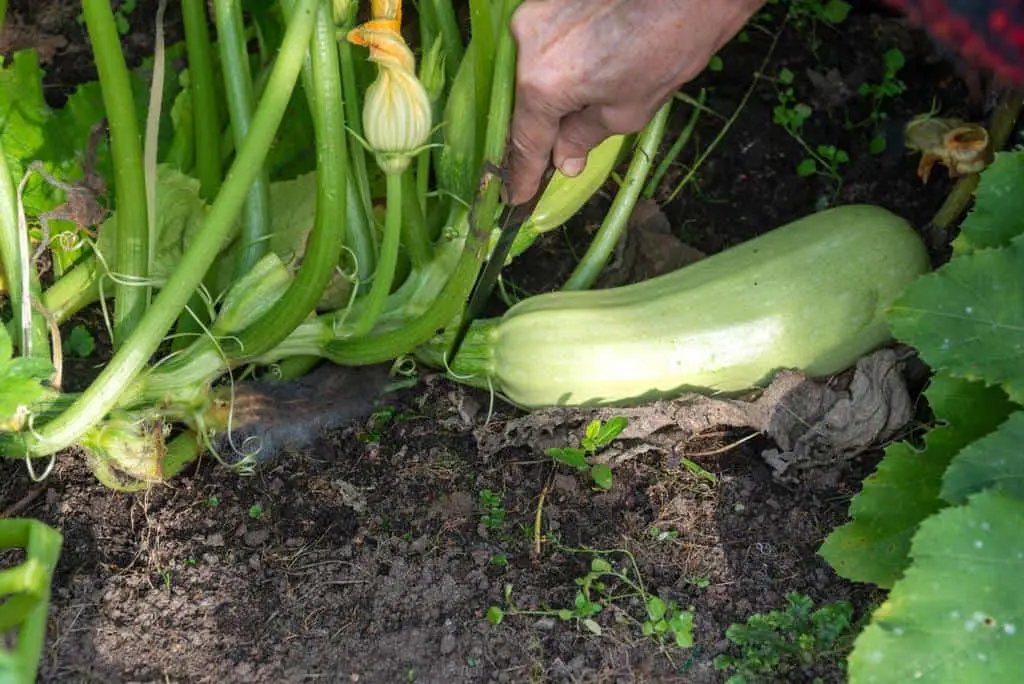
To ensure the success of your zucchini cuttings, provide them with proper care and maintenance. One crucial factor in their growth is watering. Zucchini plants are generally thirsty, so regular watering is essential. However, be careful not to overwater, as this can lead to root rot.
A good rule of thumb is to keep the soil evenly moist but not saturated. Check the moisture level by sticking your finger about an inch into the soil – if it feels dry at that depth, it’s time to water.
In addition to adequate watering, feeding your zucchini cuttings with appropriate fertilizer will help promote healthy growth. It will also yield abundant harvests. Opt for a balanced organic fertilizer or one specifically formulated for vegetables. Apply fertilizers according to package instructions. Avoid overfertilization, as excessive nitrogen can result in large leafy plants with few fruits.
When it comes to sunlight requirements, zucchinis thrive in full sun exposure. Ideally, they should receive at least 6-8 hours of direct sunlight each day for optimal growth and productivity. If you’re growing zucchini indoors or in a shaded area, consider using grow lights or placing them near a window that receives ample sunlight.
While growing zucchinis from cuttings can be rewarding, there are some potential challenges that may arise along the way. You may encounter zucchini transplant shock after rooting the cutting in soil. This often leads to wilting and stunted growth at first. However, it usually resolves itself within a week or two as new roots develop.
Pests like aphids or squash bugs feed on young leaves and stems. They cause damage or even death to the plant if left unchecked. This is another issue that home gardeners frequently encounter.
Harvesting Zucchinis Grown from Cuttings
It takes a lot of patience to get zucchinis that were grown from cuttings. Zucchini plants grown from cuttings, like those grown from seeds or transplants, need time to mature and produce harvest-ready fruits.
On average, it typically takes around 45–60 days for zucchinis to be fully ripe and ready to pick. However, this timeframe can vary. It depends on various factors, such as weather conditions. The specific variety of zucchini, and the plant’s health and vigor also matter.
To determine if your zucchinis are ready for picking, keep an eye out for some telltale signs. Look for mature fruits that are firm but not too hard. The ideal size for harvesting is when the zucchinis have reached around 6–8 inches in length. This size may differ slightly based on personal preference. Take note that if you leave them on the vine past their prime size, they will turn into oversized marrows with tough skins and larger seeds—definitely not what you’d expect in a delicious homegrown summer squash!
You can pick the zucchinis off the vines with a sharp pair of garden shears or just your hands. Give each fruit a gentle twist or cut above its stem attachment point where it joins with the main vine; this helps prevent damage to neighboring leaves or stems while ensuring optimum freshness.
Remember: regular harvesting encourages more fruit production since leaving overripe or rotting fruits on the plant can hinder its ability to develop new blossoms. So don’t wait too long. Once your zucchinis are at their peak ripeness and begging to be picked, take pride in enjoying these fresh garden goodies as soon as possible!
Conclusion:
In conclusion, growing zucchini plants from cuttings can be a rewarding and efficient method. It can help you expand your garden. By using this propagation technique, you can create multiple new plants from just one parent plant. This saves time and money in the long run. Before taking cuttings, make sure the parent plant is healthy and disease-free. This will increase the success rate of root development.
Throughout this article, we have explored the step-by-step process of propagating zucchini plants from cuttings. Each stage plays a crucial role in successful propagation. Select a healthy stem for cutting. Provide optimal conditions for rooting. Remember to consider factors like temperature, humidity, and watering. This will create an ideal environment for root growth.
To confidently experiment with this method in your garden, learn the basics of zucchini plant propagation through cuttings and follow these guidelines closely. It is a cost-effective way to expand your zucchini harvests. Plus, it provides an opportunity to further connect with nature and deepen your gardening skills.

